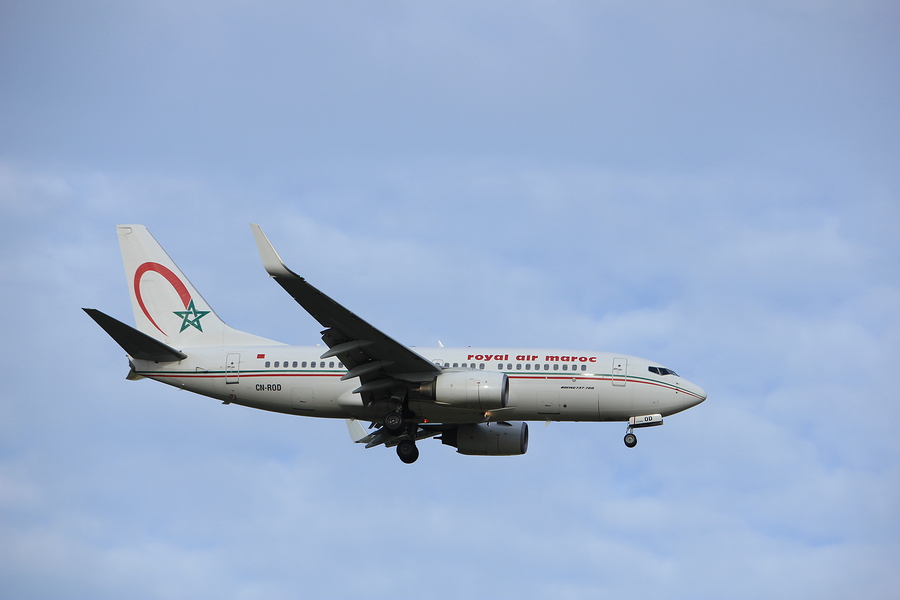North Africa intends to play a major role in aerospace. In line with Tunisia, which had developed this sector before being caught up in post-Arab Spring unrest, Morocco was able to take advantage of this attraction and promote its political stability and geographical proximity to Europe to meet a growing demand from equipment manufacturers.
When Moroccan private enterprise gets organized
Faced with record order levels and stretched supply chains, Boeing and Airbus have had to develop their production capacities in Morocco. Why this country? Because since 2006, aerospace players have mobilized to provide a playing field for the greats of this world. The Groupement des industries marocaines aéronautiques et spatiales (GIMAS) [Moroccan Aeronautics and Space Industries Group] was born, with the goal of defending the interests of Moroccan aeronautics with the Kingdom and national and international organizations, to strengthen its competitiveness and train aeronautical engineers. So it was that in 2001, the Institut des métiers de l’aéronautique [Institute for Aeronautical Trades] was launched, with a program articulated around four ecosystems: electrical systems, aerostructure components, engineering and MRO (maintenance, repair and overhaul). Finally, GIMAS, with 90 members including many French companies (Safran, Altran, etc.), organized two international meetings so that Moroccan aerospace could be in the world’s spotlight: International Marrakech Air Show and B to B Aerospace Meetings.
When the Kingdom supports the sector
Morocco has provided itself with the resources for its ambitions. For example, in 2009 it signed the National Pact for Industrial Emergence, with the goal of developing “Moroccan global professions”, with the creation of 22 integrated industrial platforms. 2013: inauguration of Midpac, a 126 hectare free trade zone located within the Nouaceur hub, devoted to aeronautics and high-tech companies whose investment is not less than $90 million. 2015: launching of the Industrial Acceleration Plan which aims for development of a high-performance, competitive and ambitious aeronautics supply chain by 2020, doubling exports ($2 billion), creation of 33,000 jobs, supporting about 20 project holders, doubling the local integration rate (18% to 35%) and receiving 100 new operators.
Hundreds of equipment manufacturers locating there
With its motivation and involvement, Morocco has welcomed, mostly at Nouaceur, over 120 aeronautics players such as Bombardier, Daher, Airbus, Eaton, Aerolia, Alcoa. Concretely, 25 million euros are being invested over five years – with 500 employees planned – for Figeac Aero; a new site for 3D printing of metal parts for aircraft and satellites; a $20 million plant for honeycomb composite fabrication for the American company Hexcel; a second plant for Stelia (investment of 40 million euros, 400 to 500 employees) to produce components and subassemblies for Airbus, its parent company; the Matis Aerospace facility (joint venture by Boeing and Safran Electrical & Power) for production of new generation engines. And last but not least is the signing in September 2016 of a Memorandum of Understanding between Boeing and King Mohammed VI to create an “industrial ecosystem“, a network of 120 subcontractors and suppliers with 8,700 new specialized jobs.
With such investments and commitments, Morocco is not hiding its ambition to stay in the lead for aerospace in the Maghreb. It remains to be seen whether its success will not awaken competition by Tunisia, which still has competitive advantages (salary costs and land prices) that its neighbour should not overlook.
